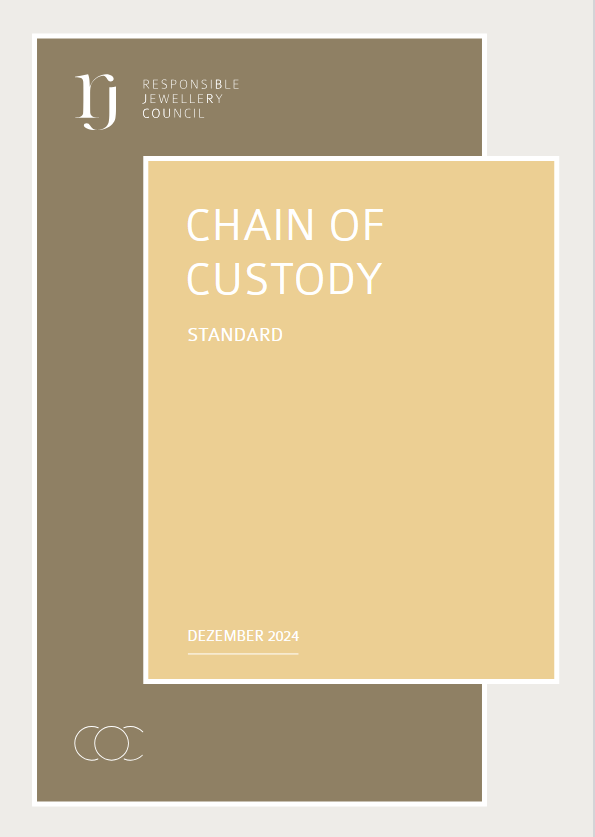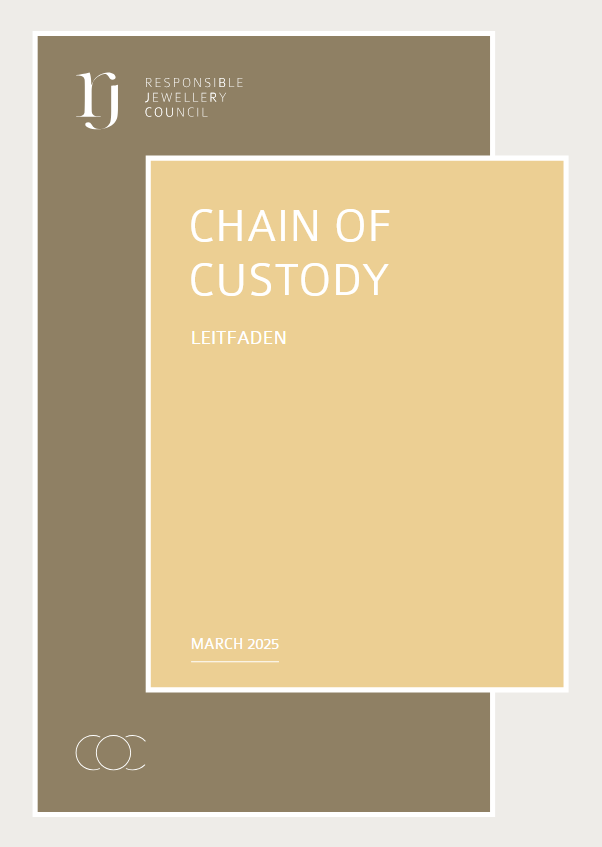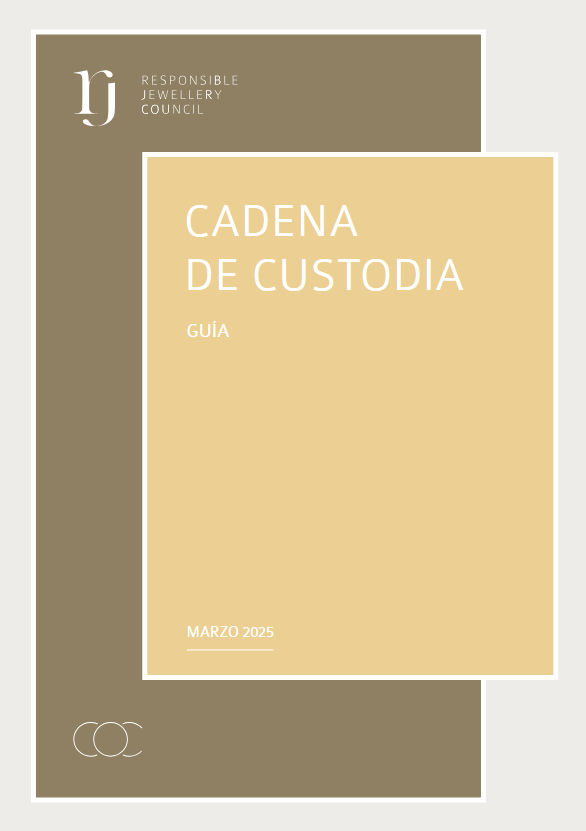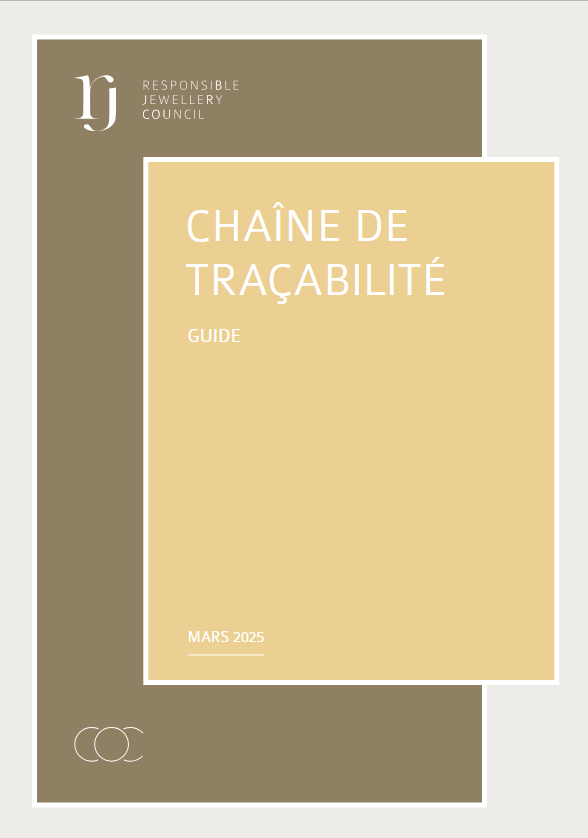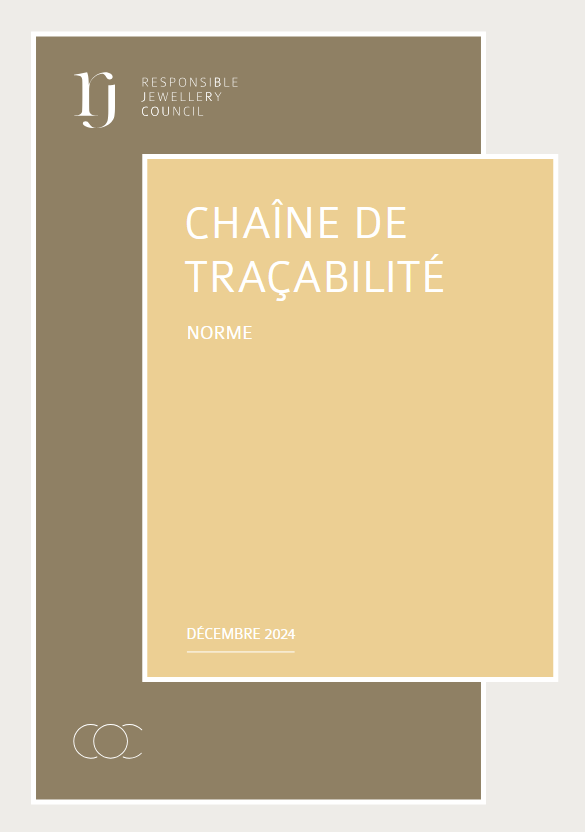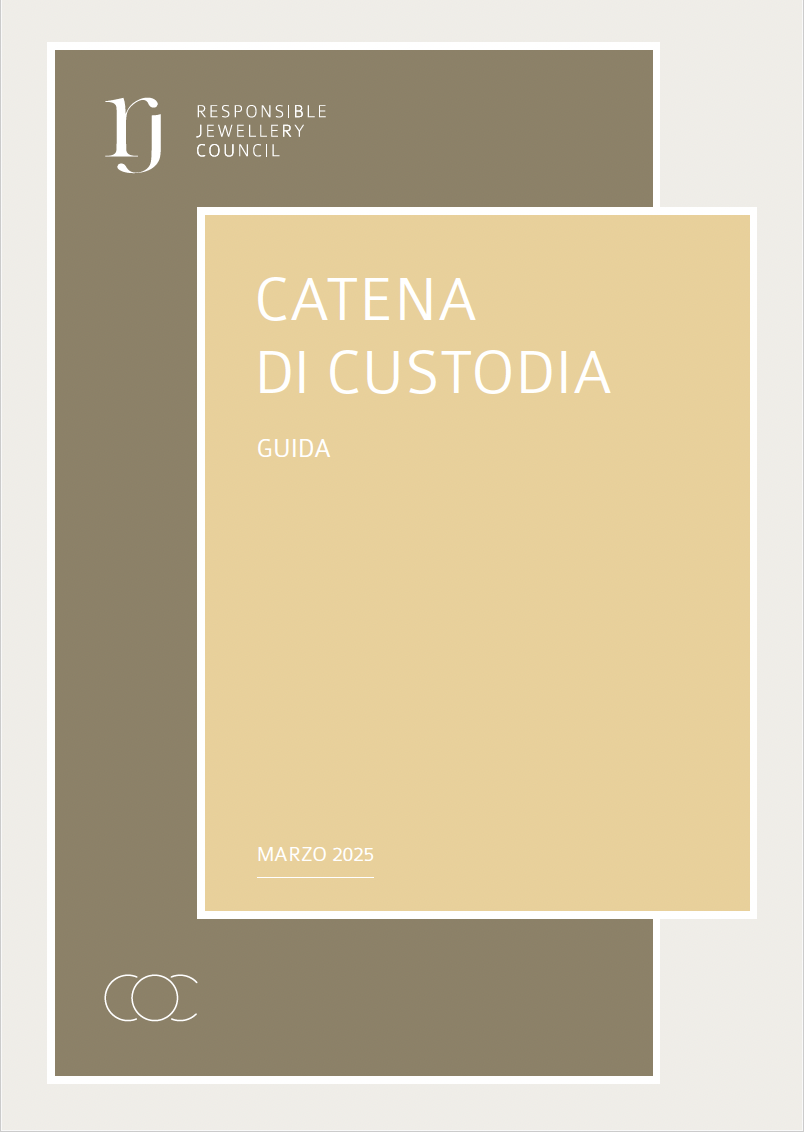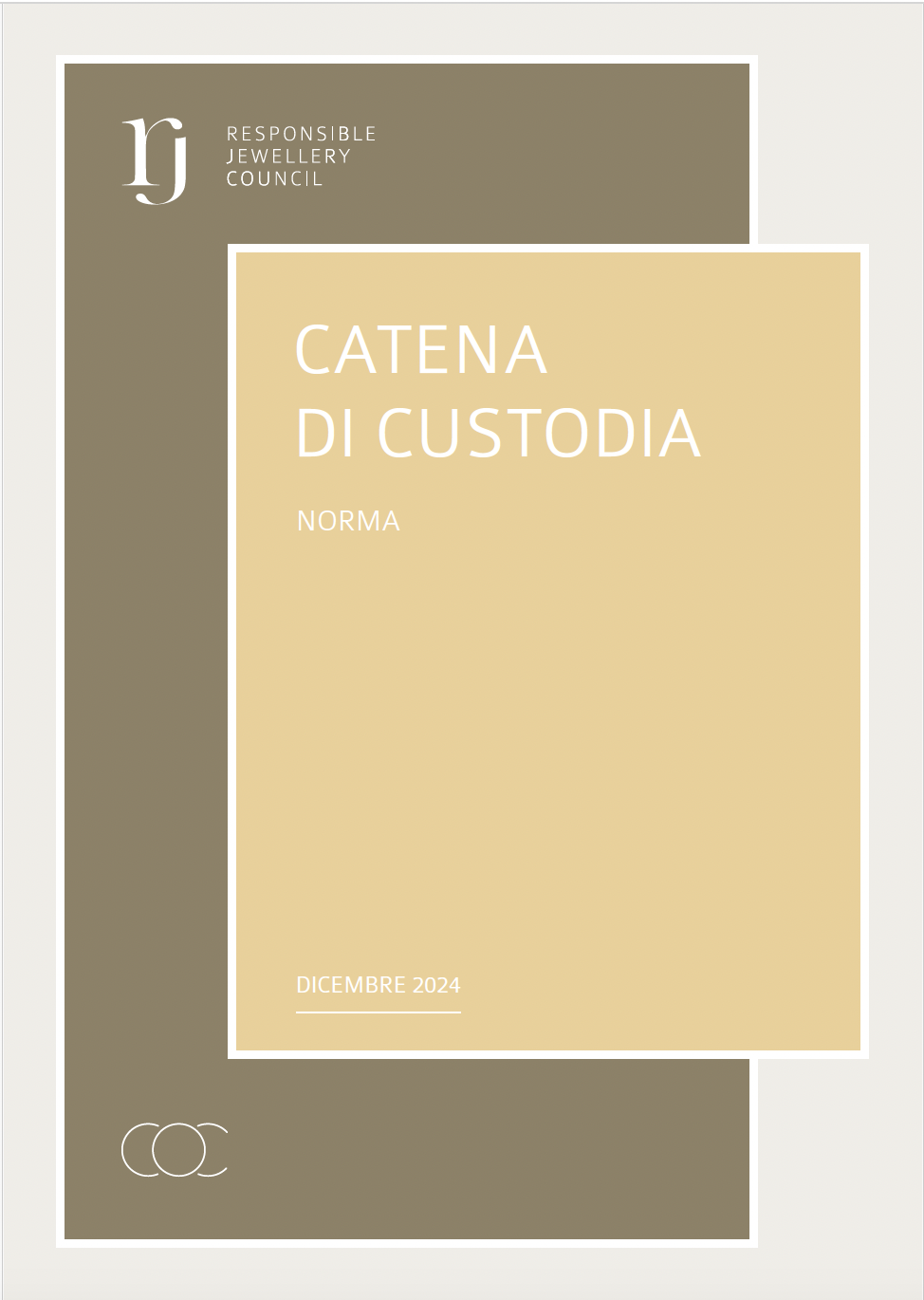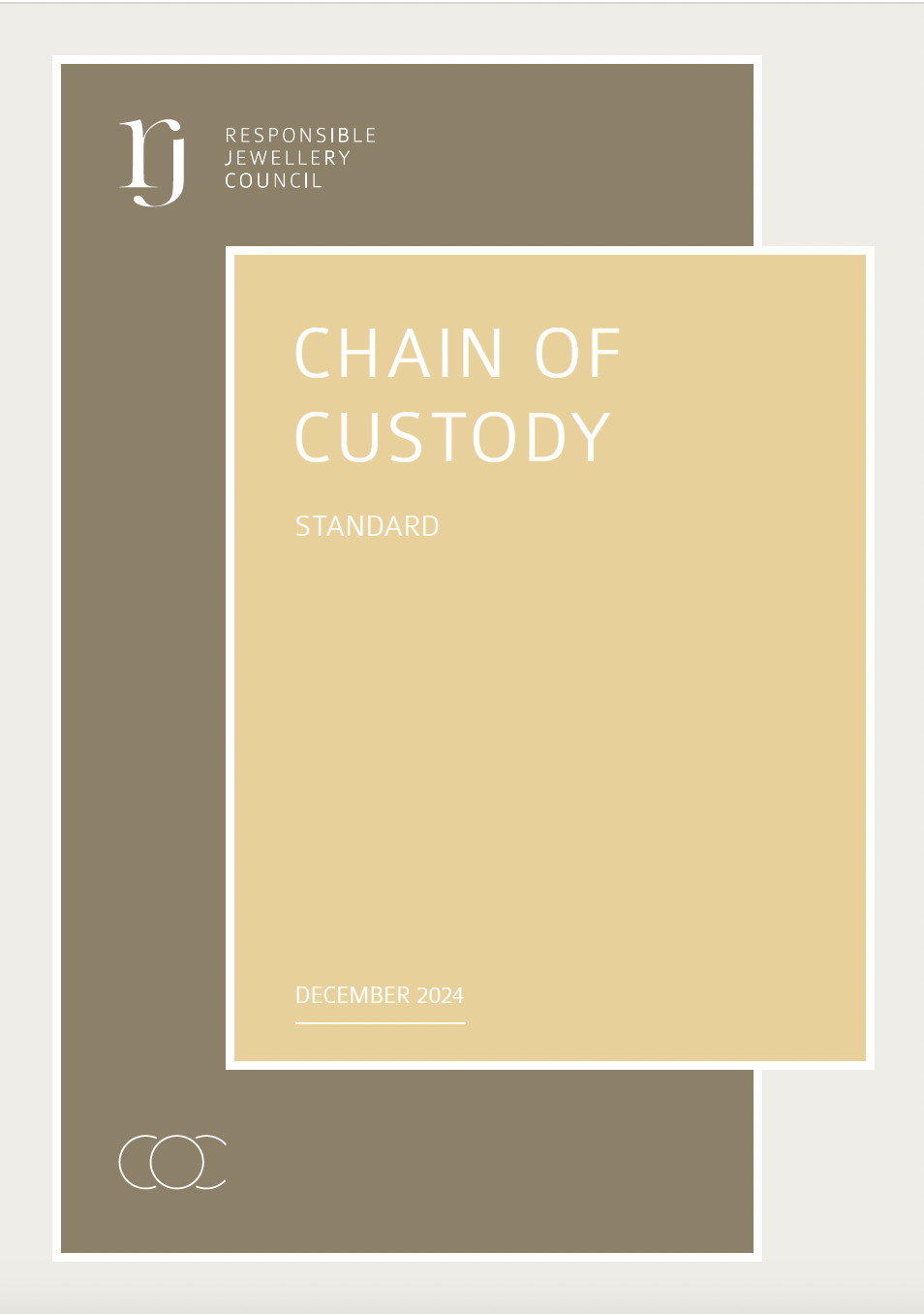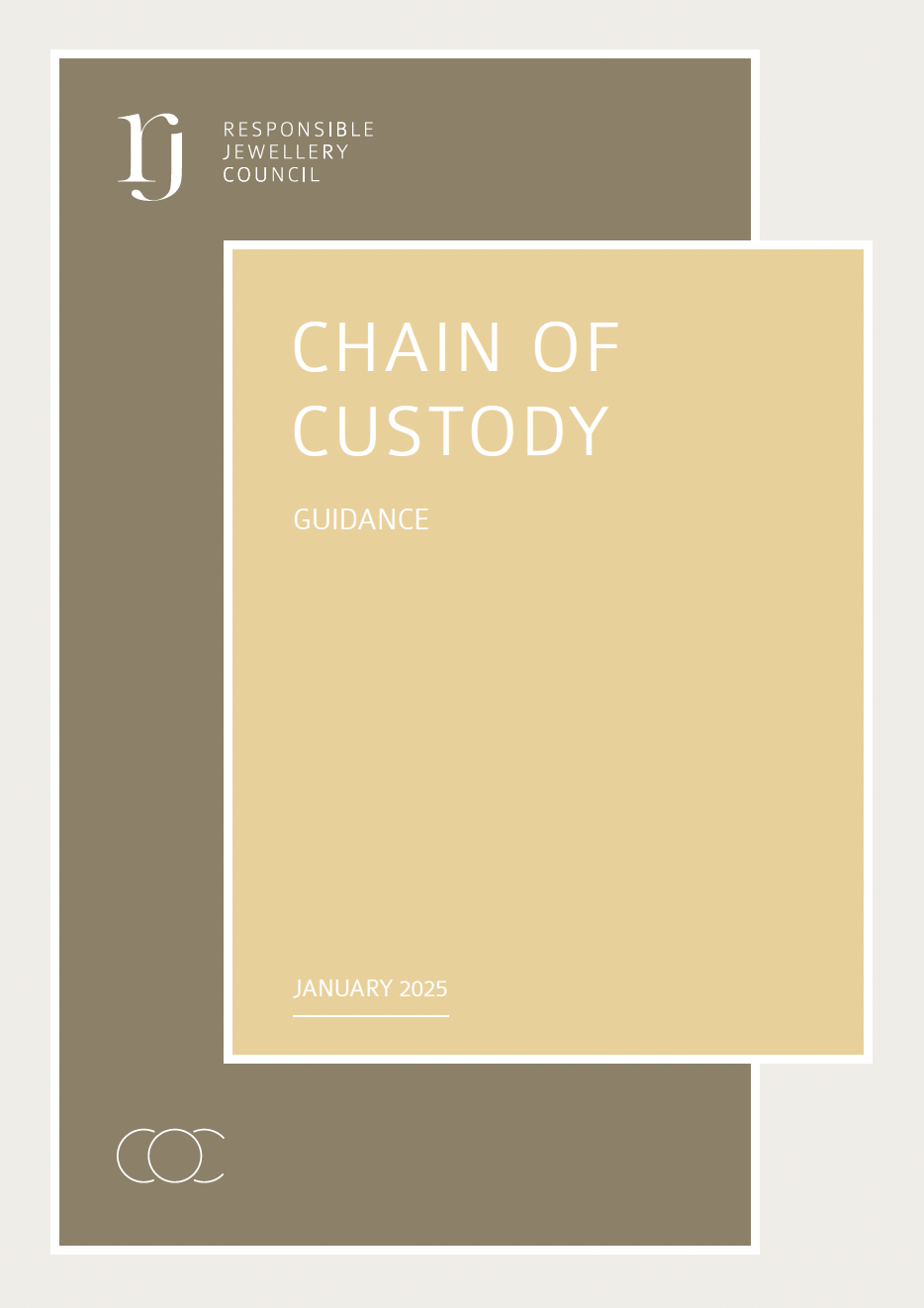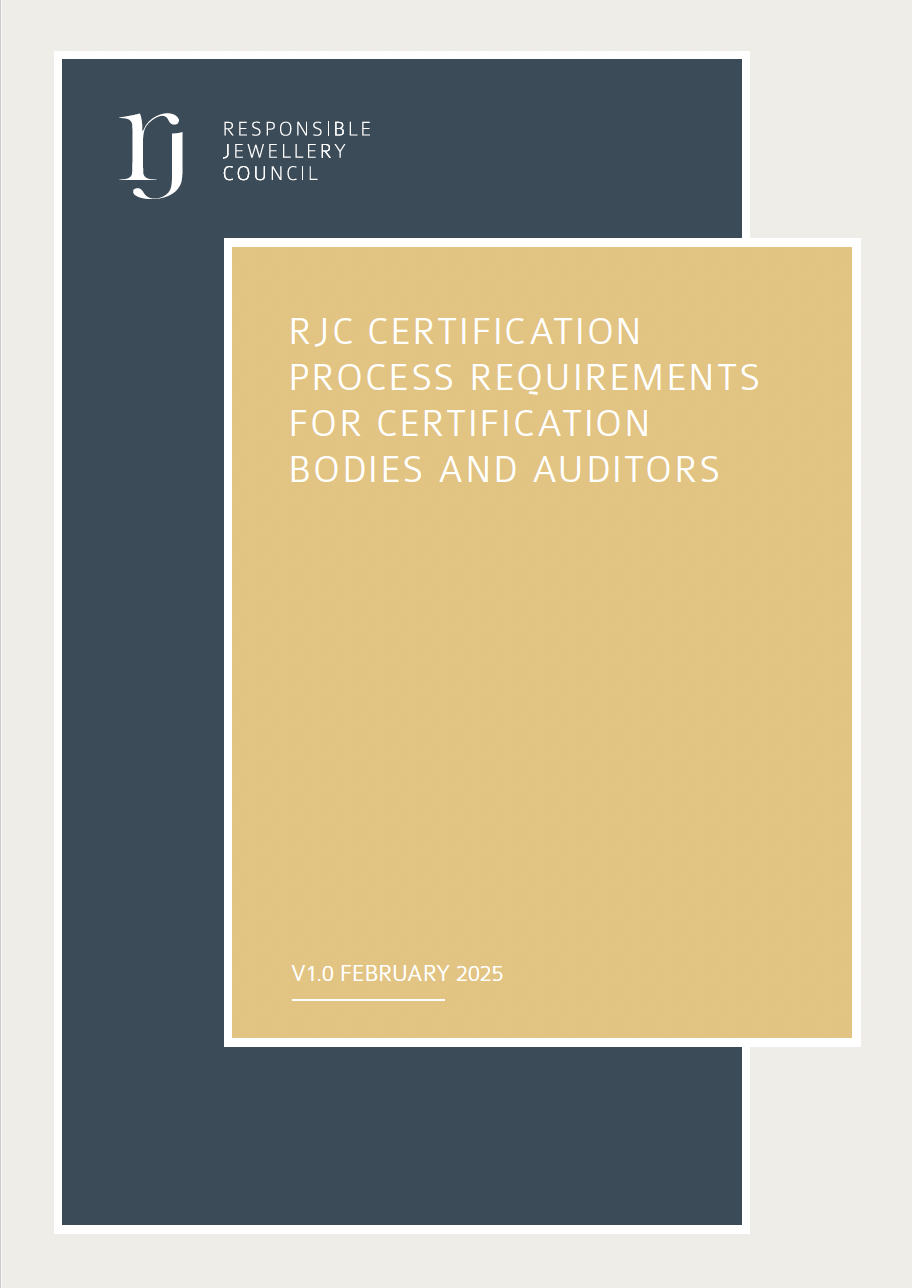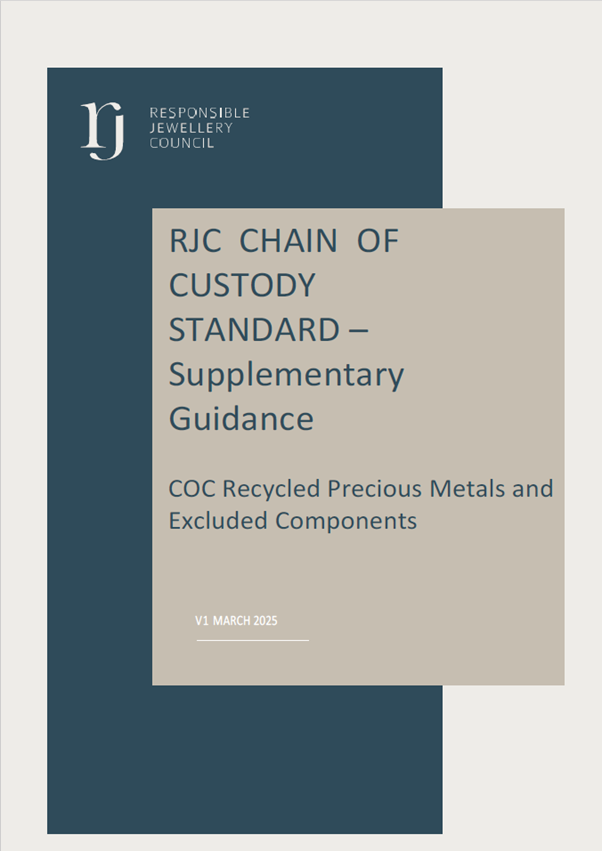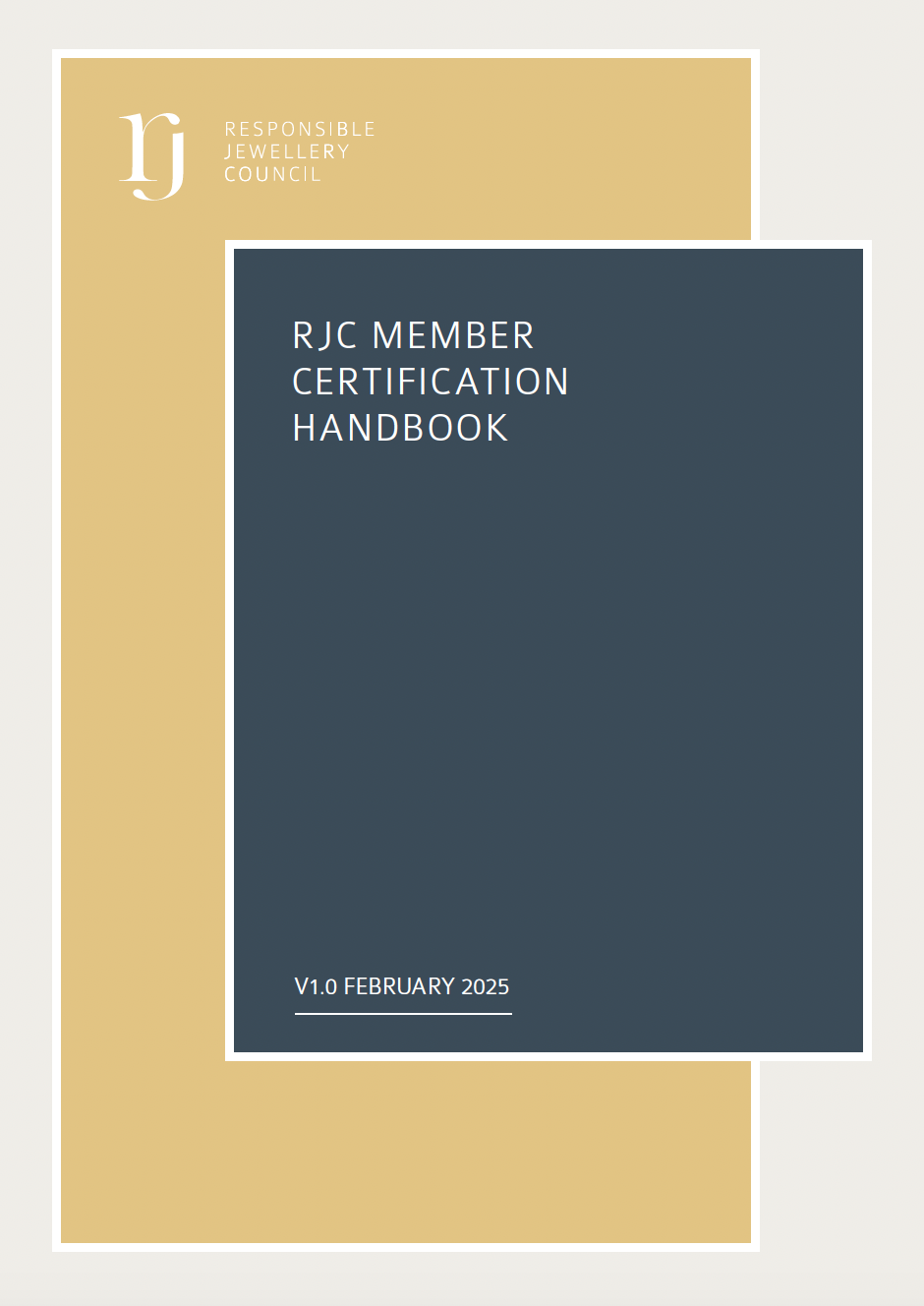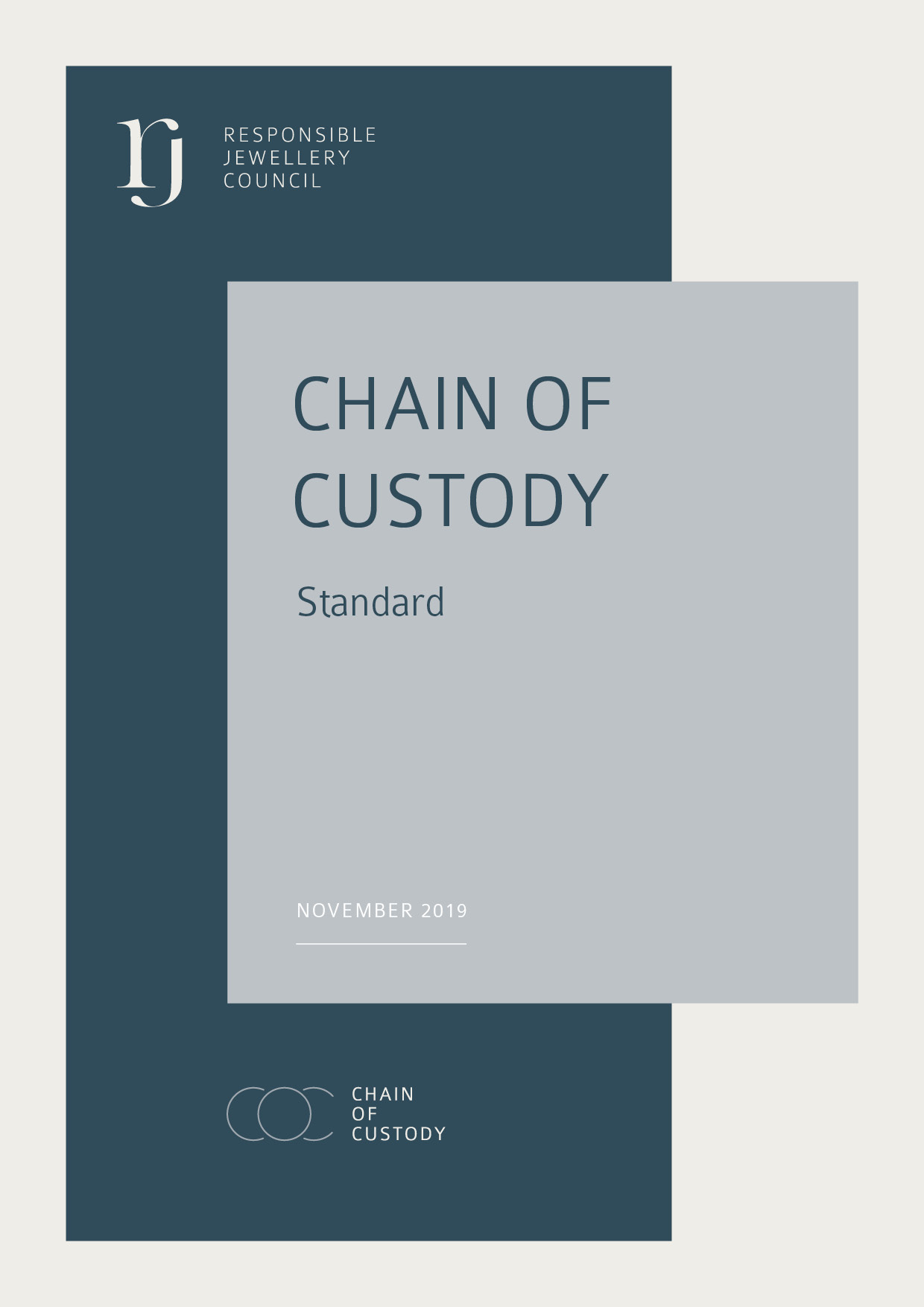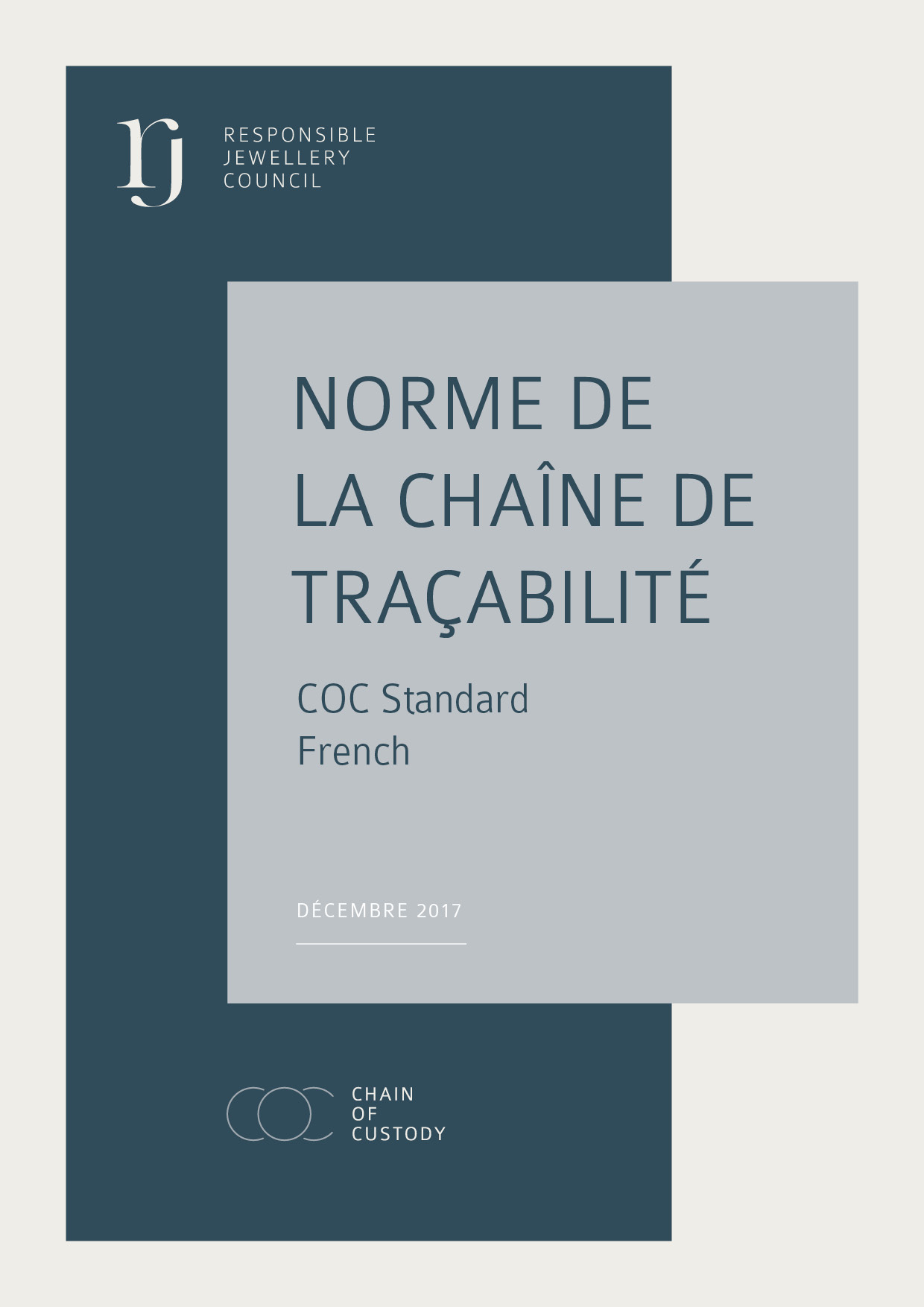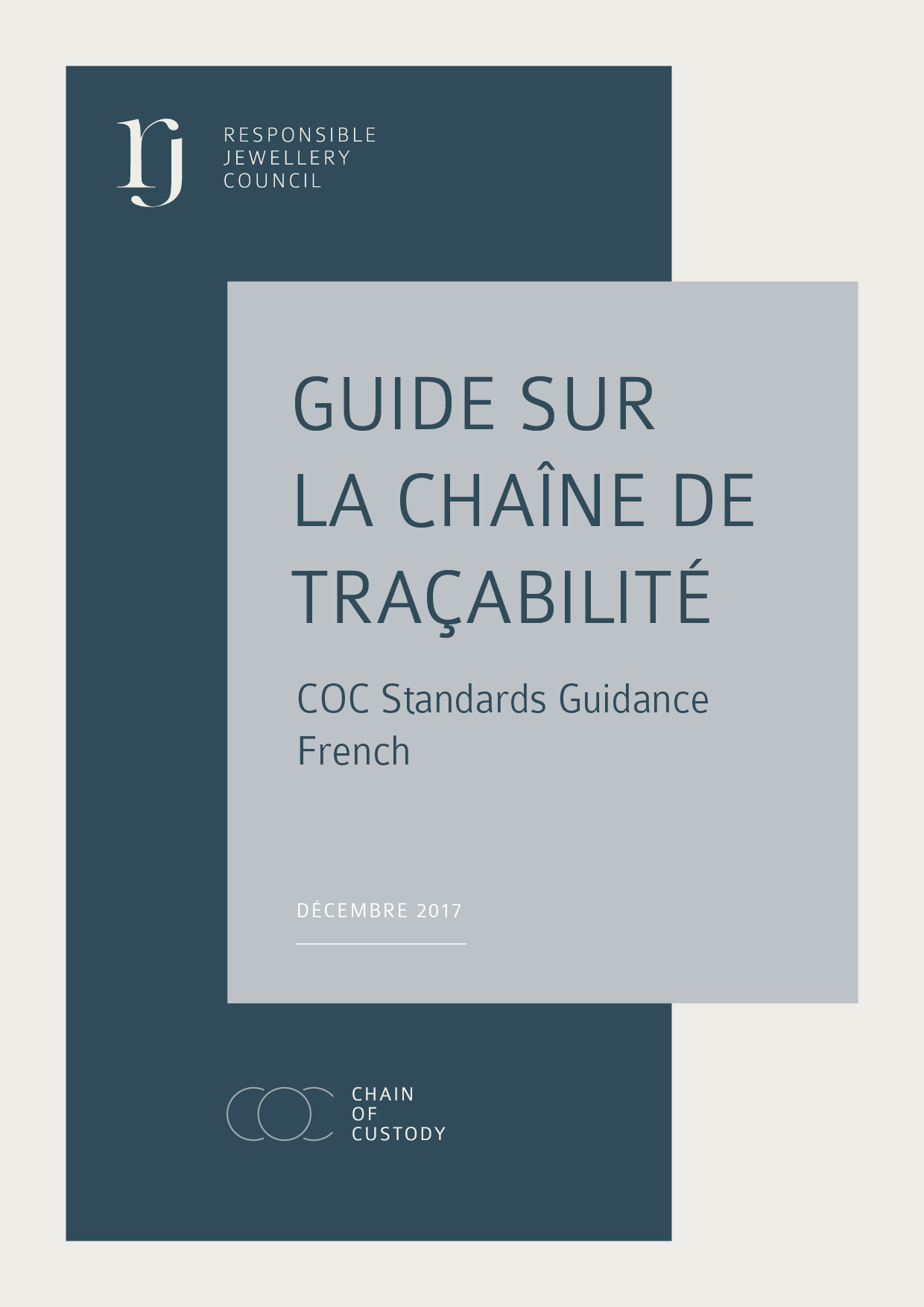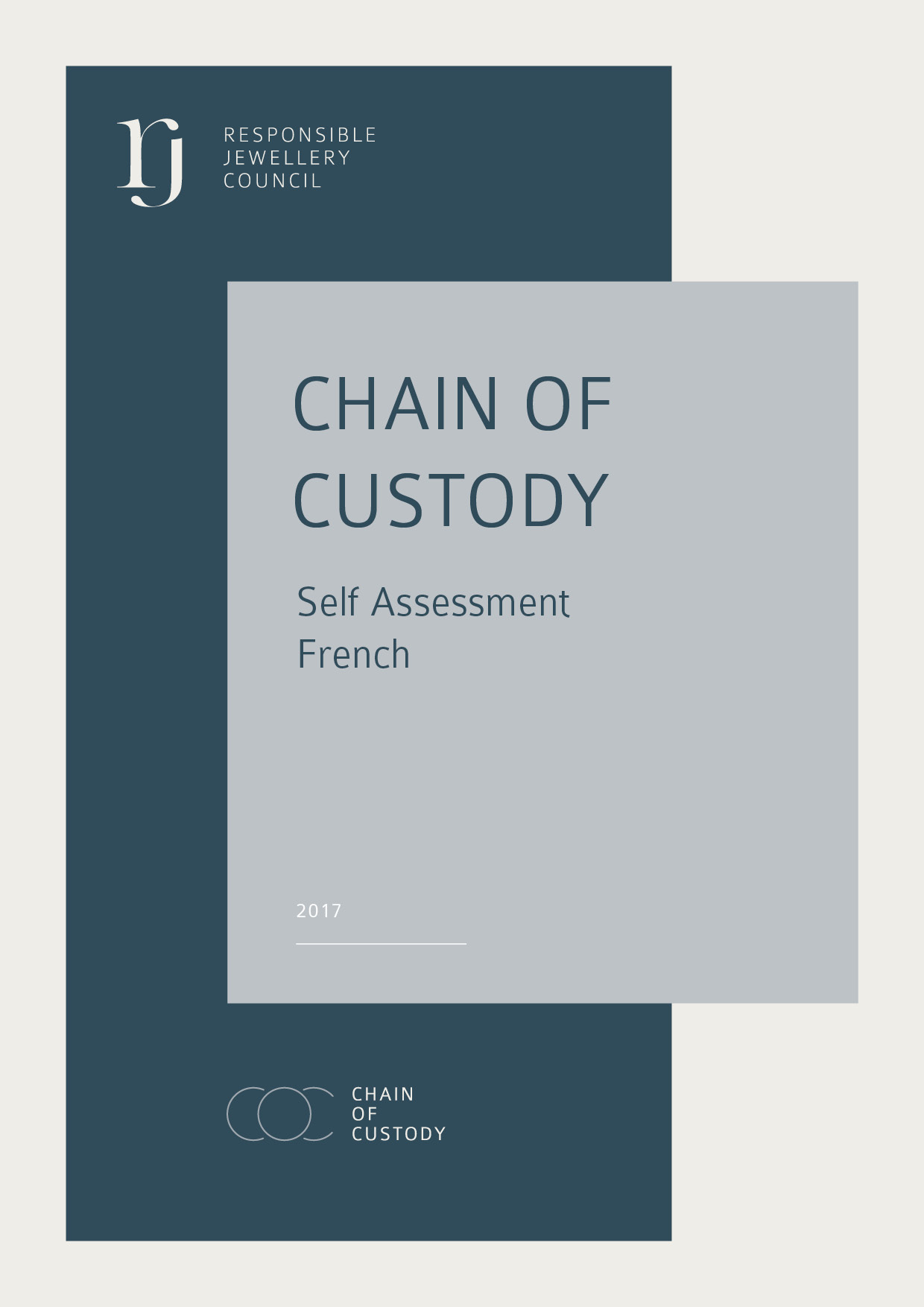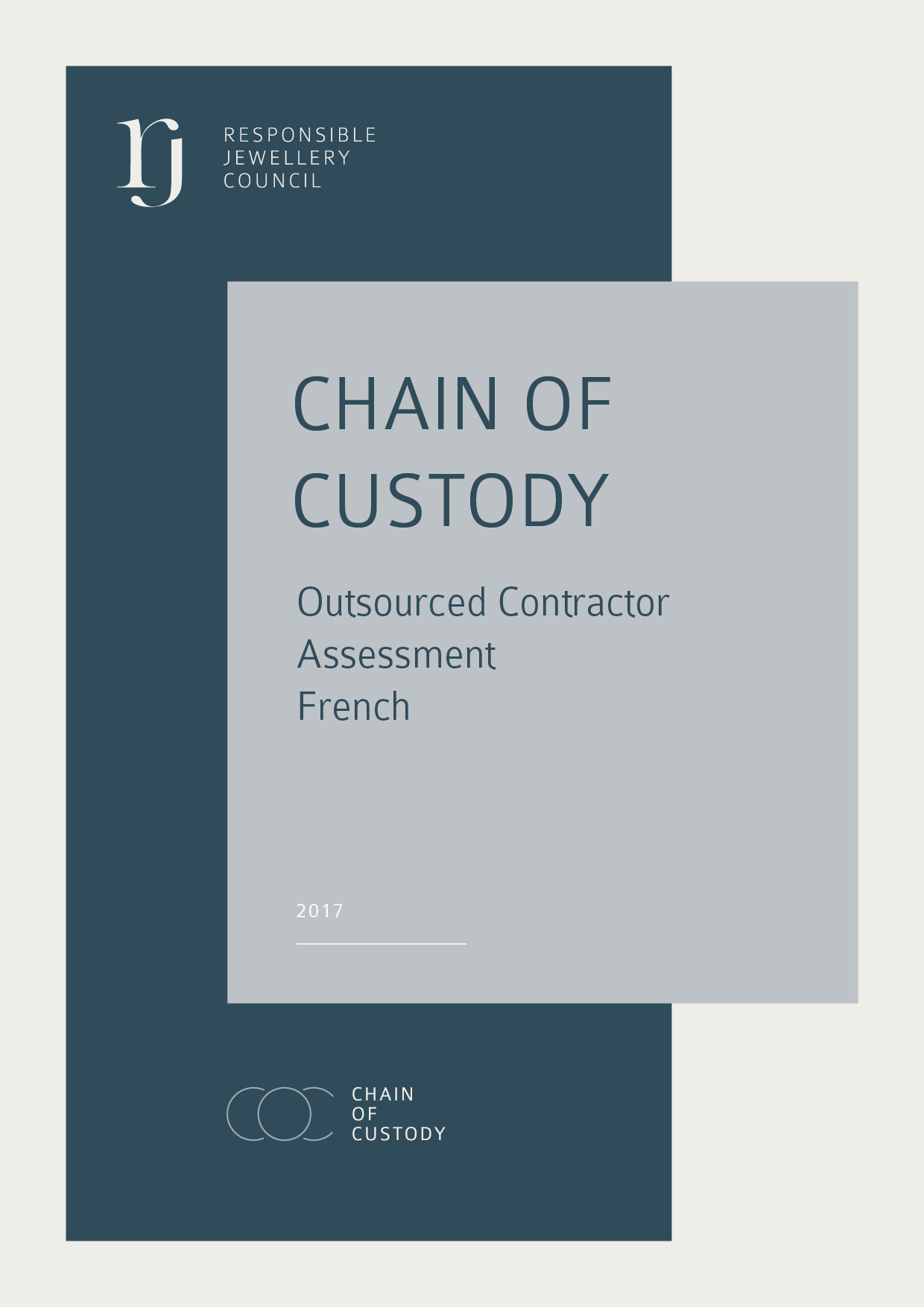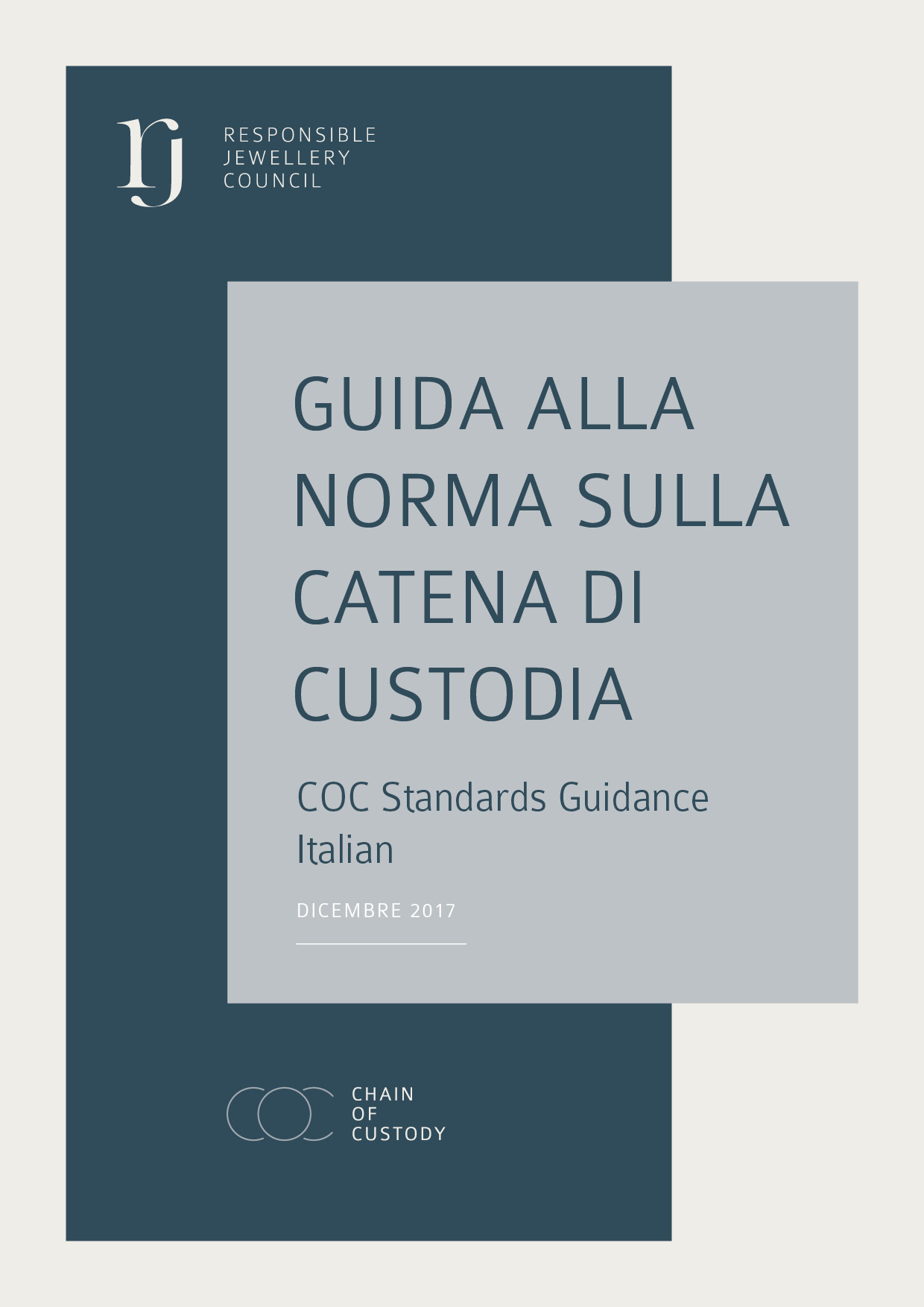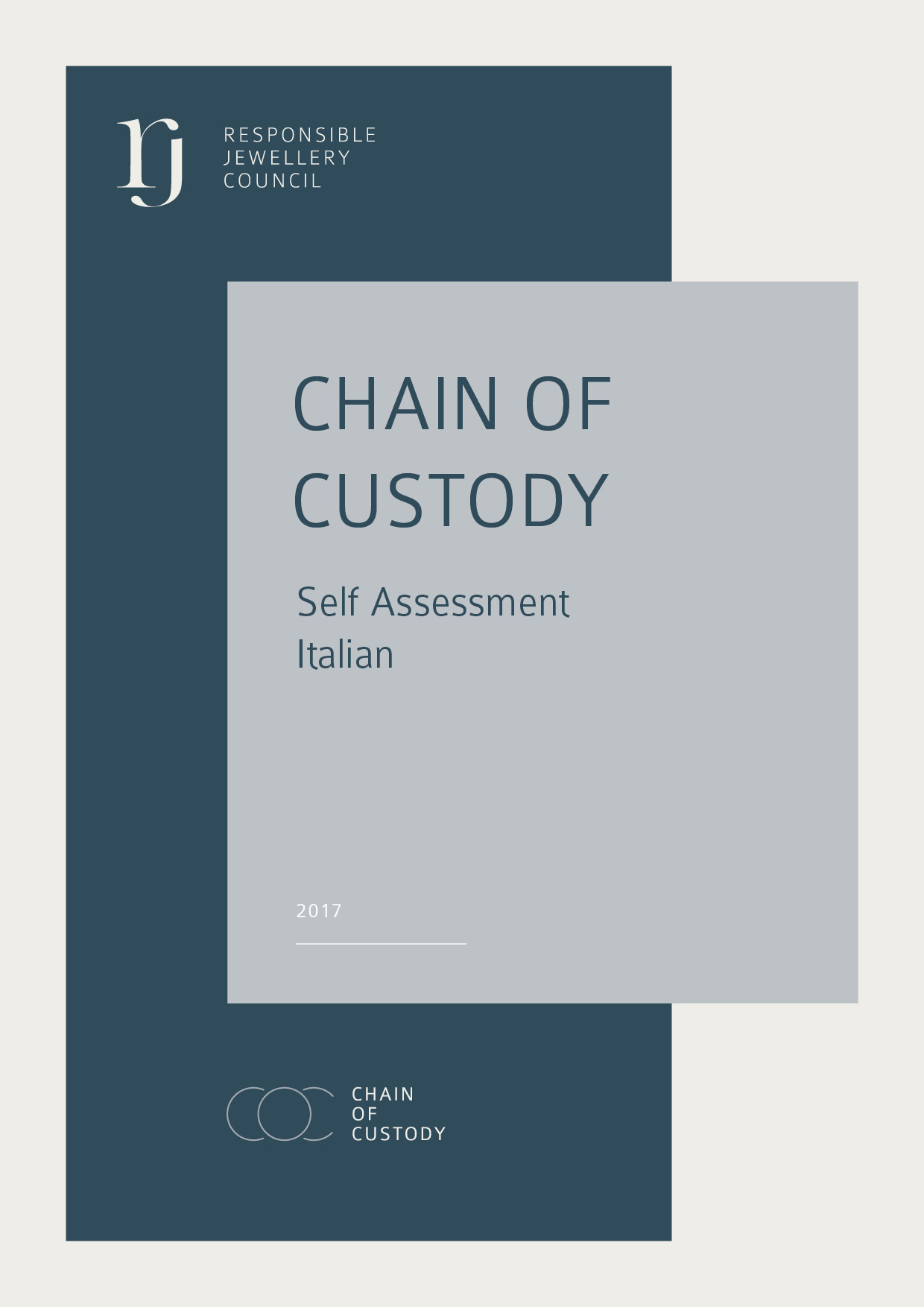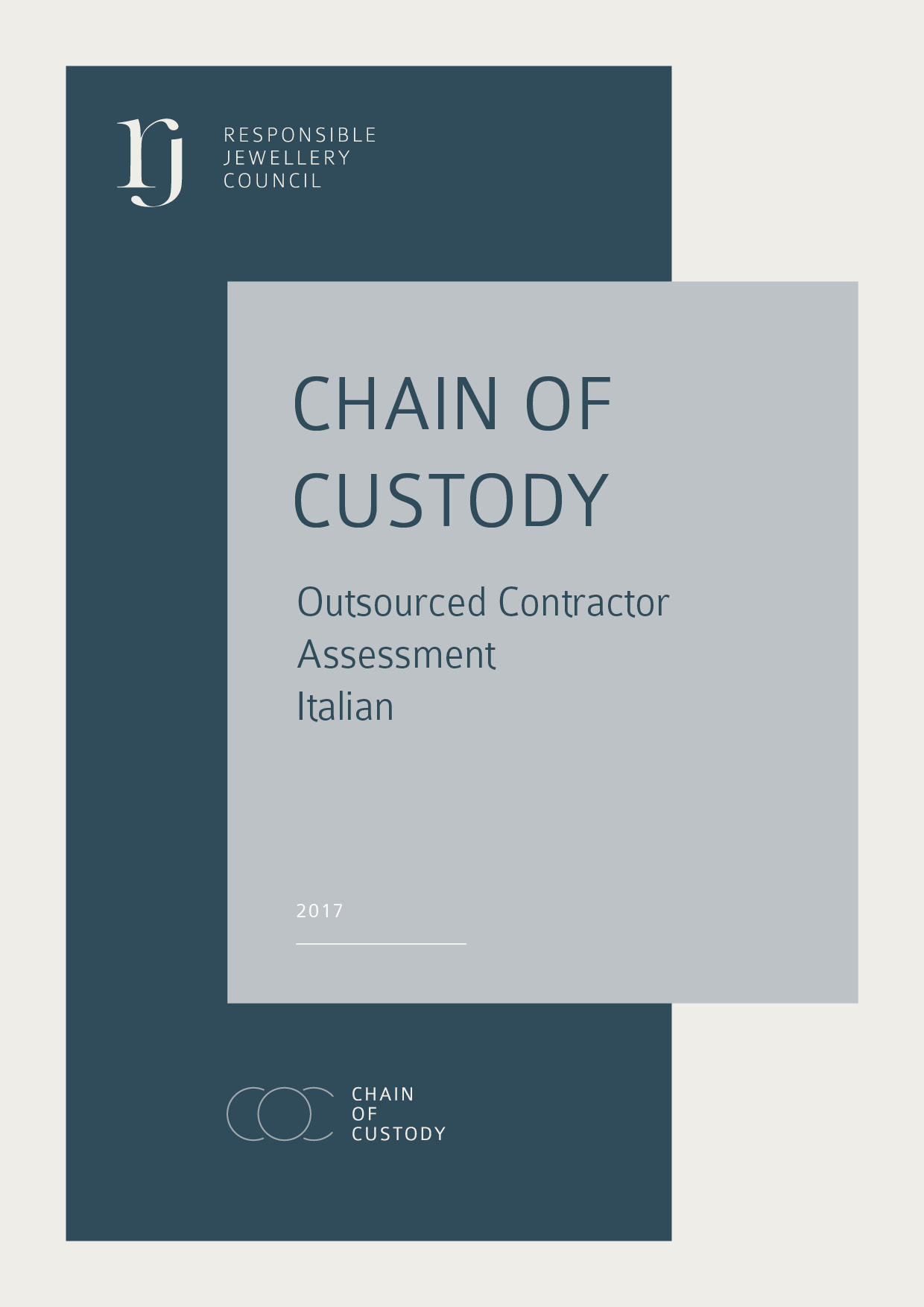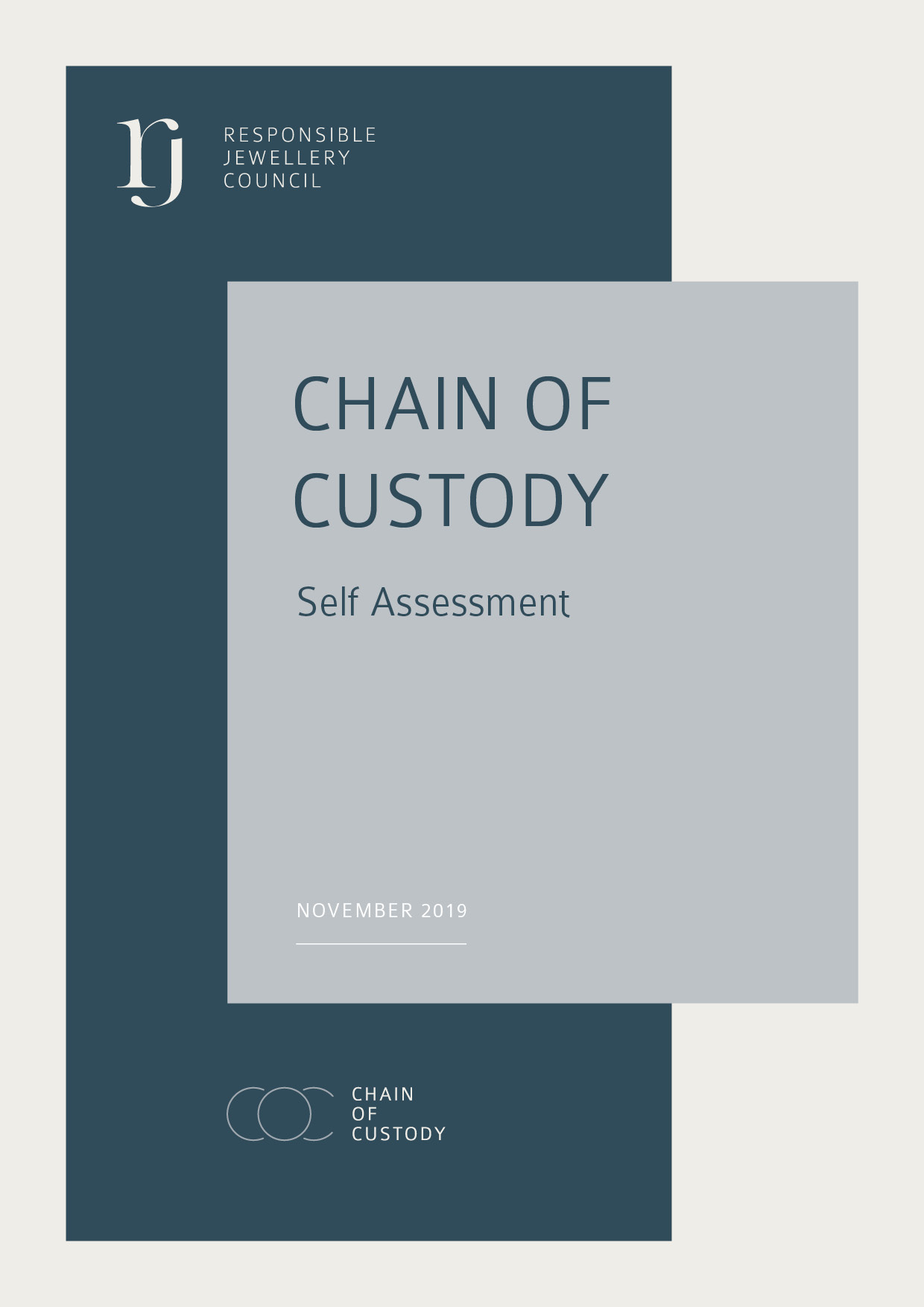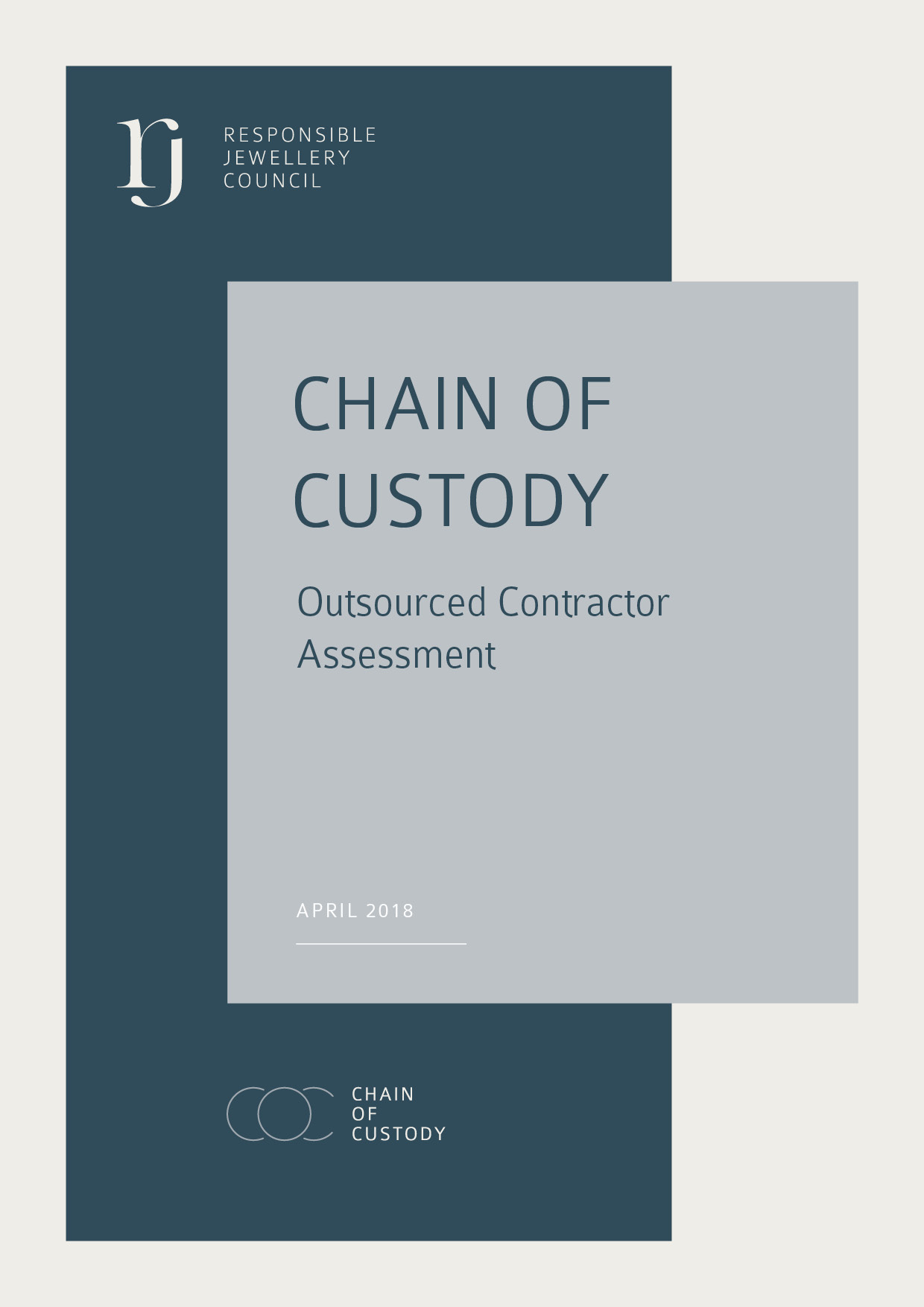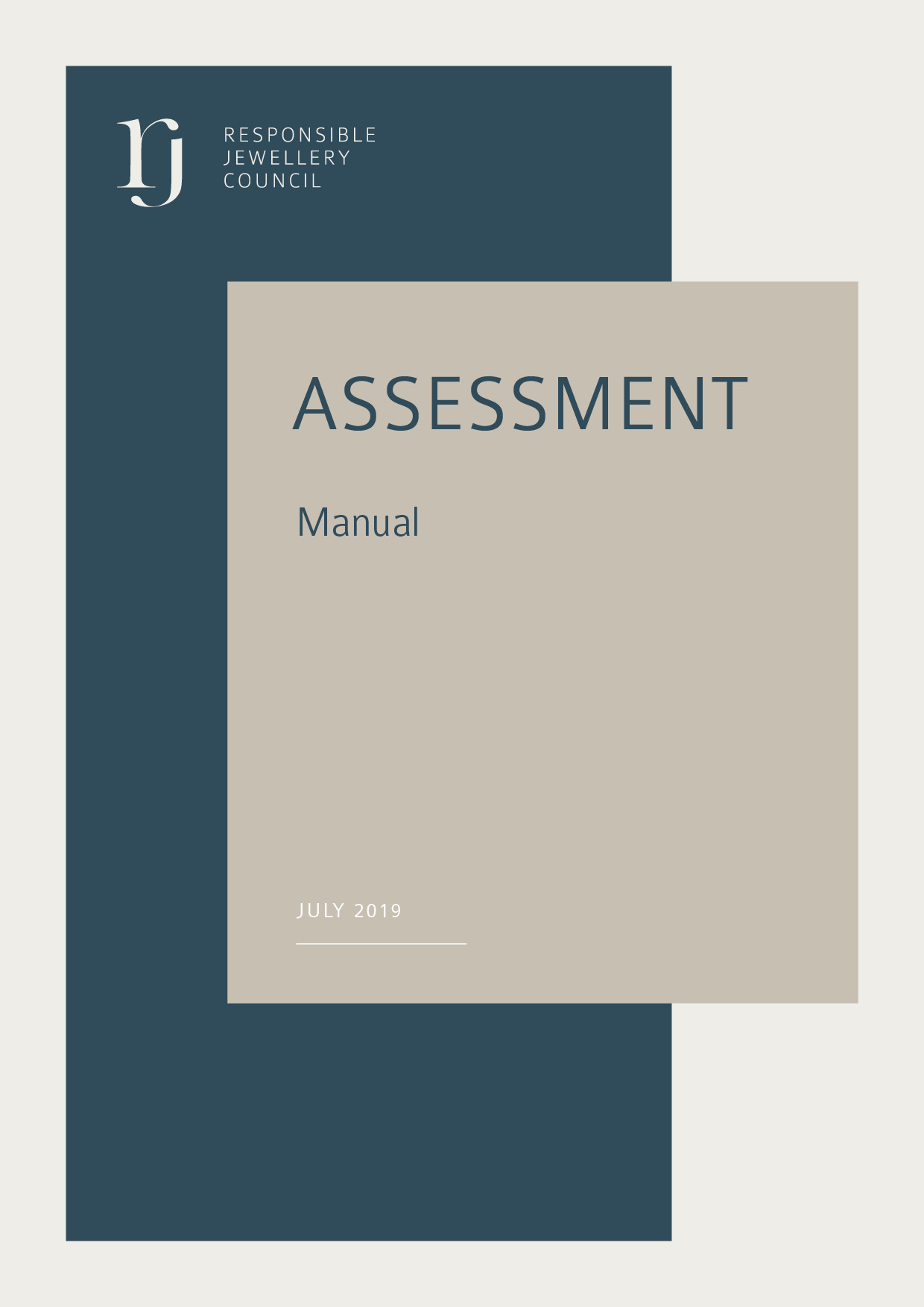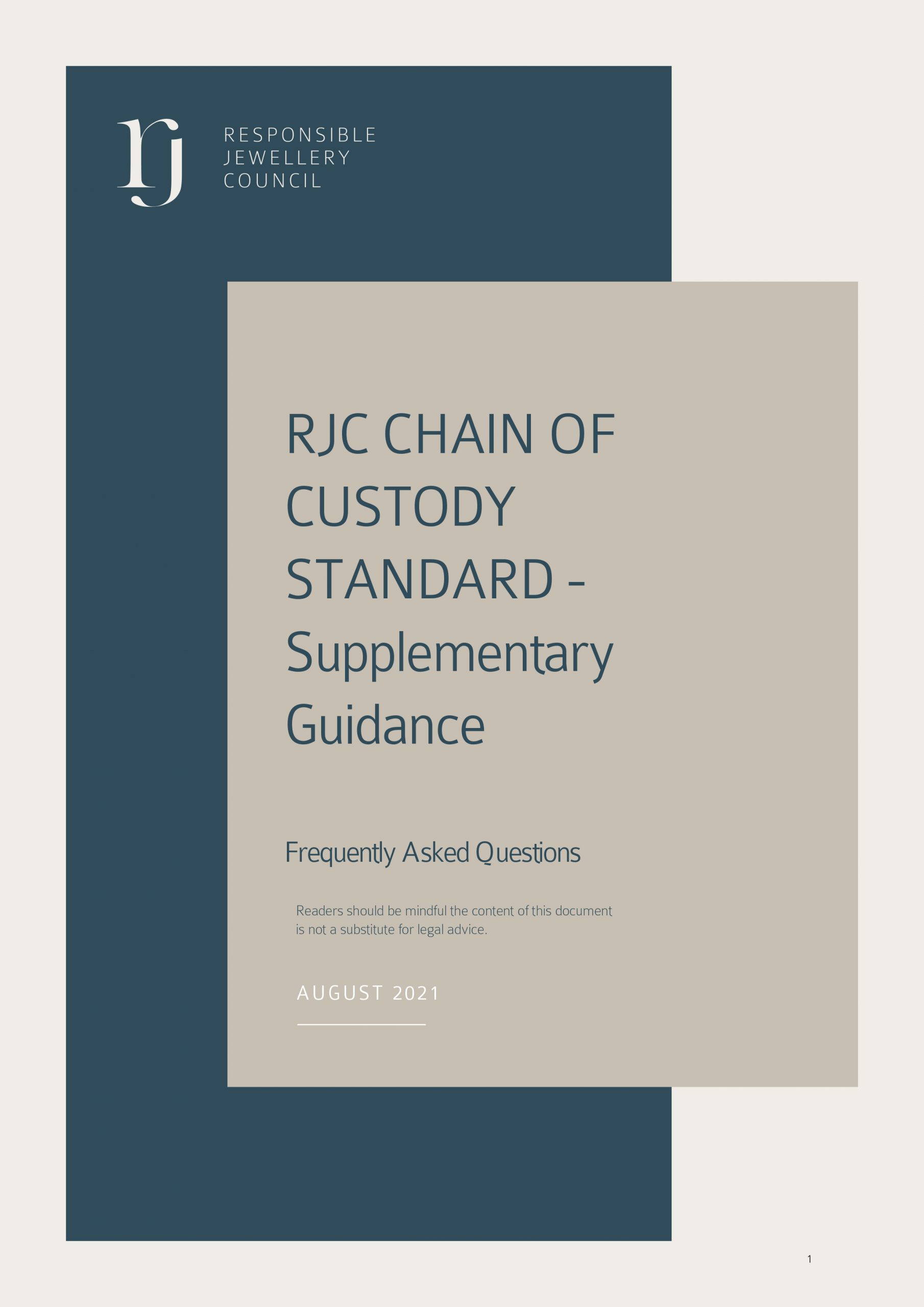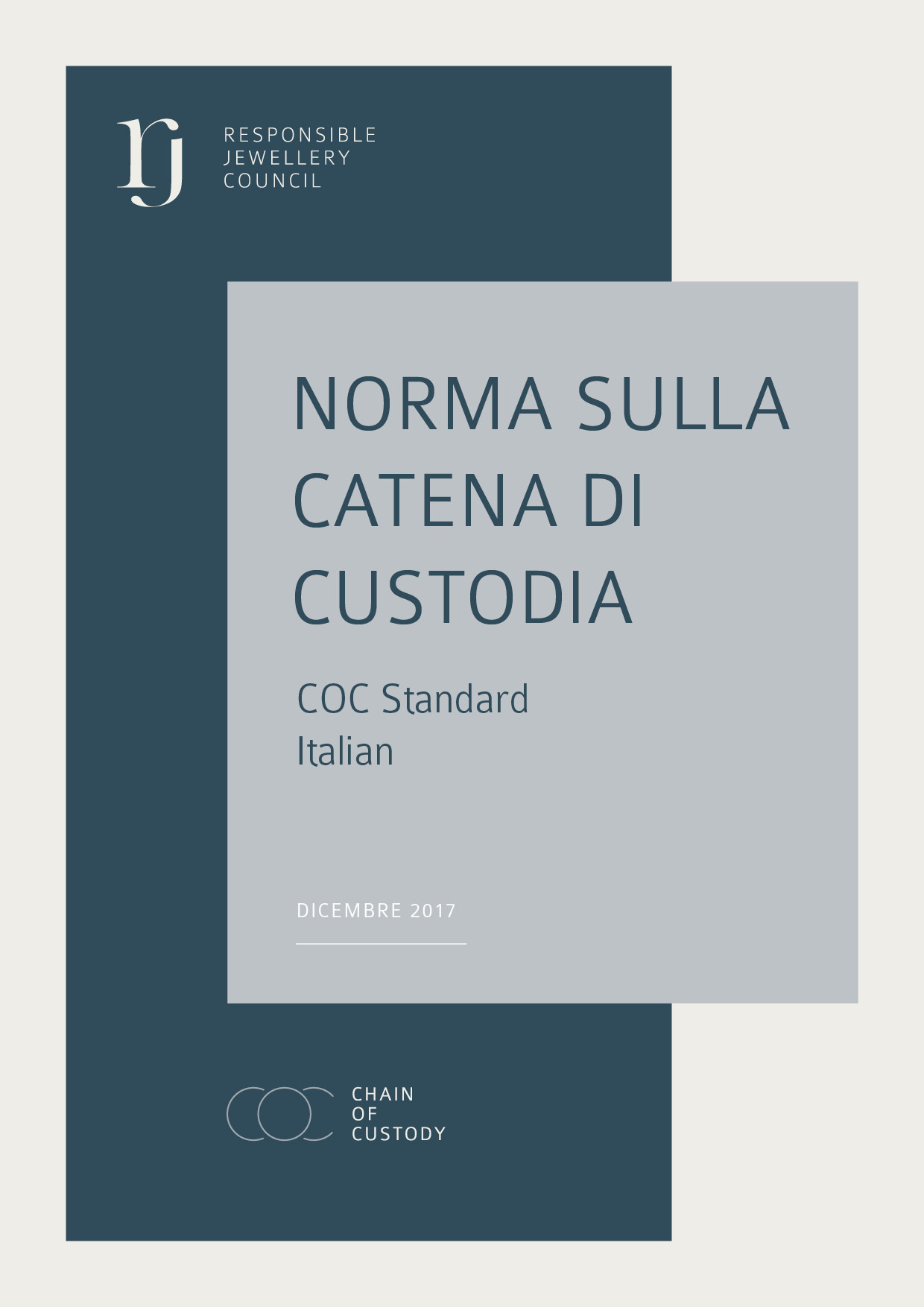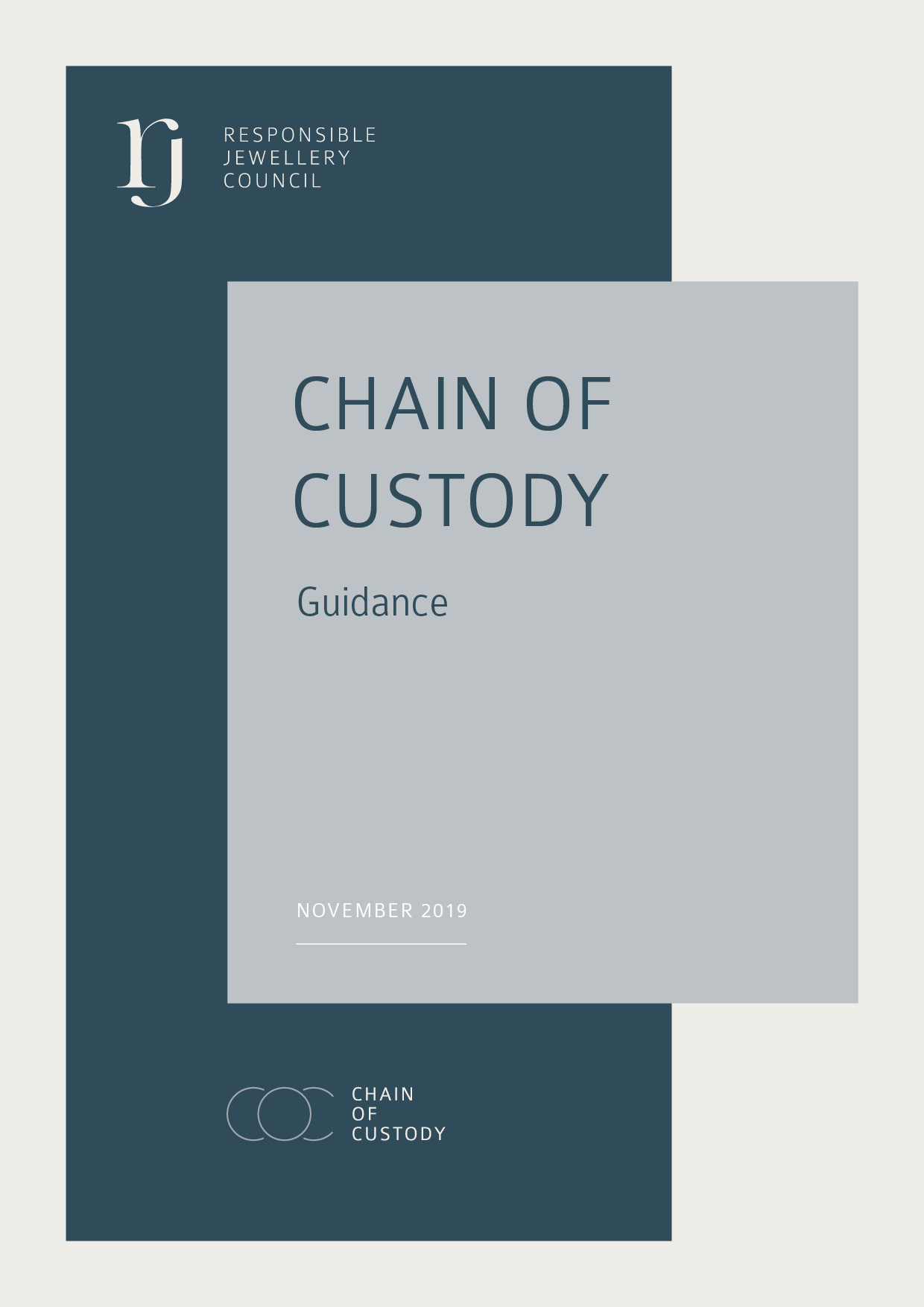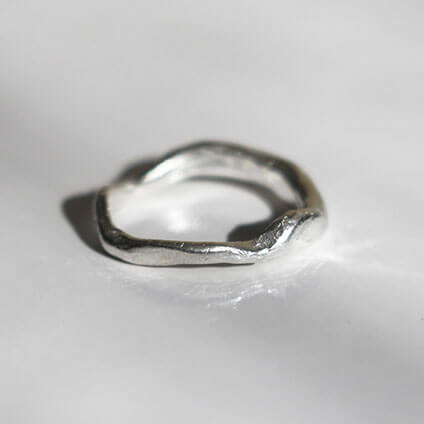
GOALS
The COC standard, defines the requirements for creating a COC of precious metals that are responsibly produced, processed and traded through jewellery & watch supply chains
The COC has three main objectives:
- The COC standard defines an approach for companies to handle and trade gold, silver and platinum group metals in a way that is fully traceable and responsibly sourced.
- RJC COC certification gives customers and suppliers the assurance they need about how your products and materials have been sourced, traced, and processed along the supply chain, from mine to retail.
- COC certification provides a point of differentiation for companies and their stakeholders in the precious metal supply chains. This can add value to jewellery products and help protect and enhance jewellery brands.
Download CenterDive deeper in to the COC standard
Select Language
COP 2024 STANDARD Key changes on COC
- COC 1 Due Diligence: Already covered by provision 7 of the Code of Practices which members must already be certified to before being able to become certified to the COC Standard.
- COC 2 Know Your Counterparty (KYC): Already covered by provision 12 of the Code of Practices which members must already be certified to before being able to become certified to the COC Standard.
- Systems to verify shipments to and from other entities, outsourcing contractors and service companies have been adapted to allow for the possibility of transfer documents not being used in all cases.
- Inclusion of a requirement for additional reporting requirements applicable to refiners under provision 2.5 to extend a requirement from the COP 2024 standard into the COC, pending the time when all COC certified members are also certified to the new COP standard.
- This new provision has been added to allow the return and reintegration of material sold as COC and being returned to a certified entity. This is to allow for the return of unsold stock but contains requirements for the verification that is required for the material to retain its COC status.
- Strengthened and clarified the due diligence and traceability requirements including for tailings.
- The provision on eligible mined material now also includes tailings, where the conditions for acceptance can be met.
- The due diligence requirements have been refined to take a risk-based approach, especially for mines that are covered by an RJC-accepted responsible mining assurance standard.
- The definition of eligible recycled precious metals has revised to bring this in line with the evolving industry landscape and expectations on recycled material, including increased alignment with other standards such as the draft ISO recycled definition.
- Increased requirements to ensure B2B and B2C customers understand the type of sources.
- Increased requirements for due diligence.
- Investment materials continue to be excluded from eligible recycled materials, and from the COC more generally, given the complexity in undertaking effective due diligence on such materials.
- The term grandfathered has been replaced by legacied to recognise that the term grandfathered has negative historical connotations in some jurisdictions. The term is maintained in the glossary and parentheses as it is still used in the OECD guidance and by other industry bodies.
- A correction has been made to recognise that the correct date for legacied silver is 1 January 2018 when the previous standard which brought silver into scope took effect.
- Adapted to reflect the changes made to the standard more broadly including changes to nomenclature and new sources in scope. There is also recognition of the fact that the information is frequently digitally linked rather than in the form of a physical document.
- Stricter requirements have been applied to claims – linked to Provision 14 in the COP.
- Non-COC components that can be excluded when declaring products as COC have been changed to reduce exceptions.
Key dates for implementing the COC
2024 COP & COC Effective Date
On the 1st of January 2025, the fully revised 2024 Code of Practices and Chain of Custody became effective.
Optional 2024 COP & COC Certification
If members have found an auditor that has been fully trained and has availability, they can choose to be certified against the 2024 COP or COC from the 1st April 2025.
2025 LGMS Effective Date
On the 1st of May 2025, the new Laboratory Grown Materials Standard became effective.
New Certification Manuals Fully Implemented
From this date, the new Member Certification Handbook and the Certification Process Requirements for Certification Bodies and Auditors will be fully implemented. This means any certification audit (including those conducted against the 2019 COP & 2017 COC) will be audited in accordance with the new handbooks, except COP 2019 mid-term reviews, bolt on audits, scope change and COC 2017 surveillance audits under existing certificates, that will follow the Assessment Manual 2020.
In addition, from this date members can undergo an audit against the 2024 COP, COC and 2025 LGMS.
No Certification Audits Conducted against 2019 COP & 2017 COC
From the 1st of January 2026 certification audits against the 2019 COP and 2017 COC will no longer be conducted, except COP 2019 mid-term reviews, bolt on audits, scope changes and COC 2017 surveillance audits under existing certificates, that will follow the Assessment Manual 2020.
LGMS Audits Must be Completed
All existing members dealing with LGMS should have an audit completed to expand their scope by the 1st May 2026.



